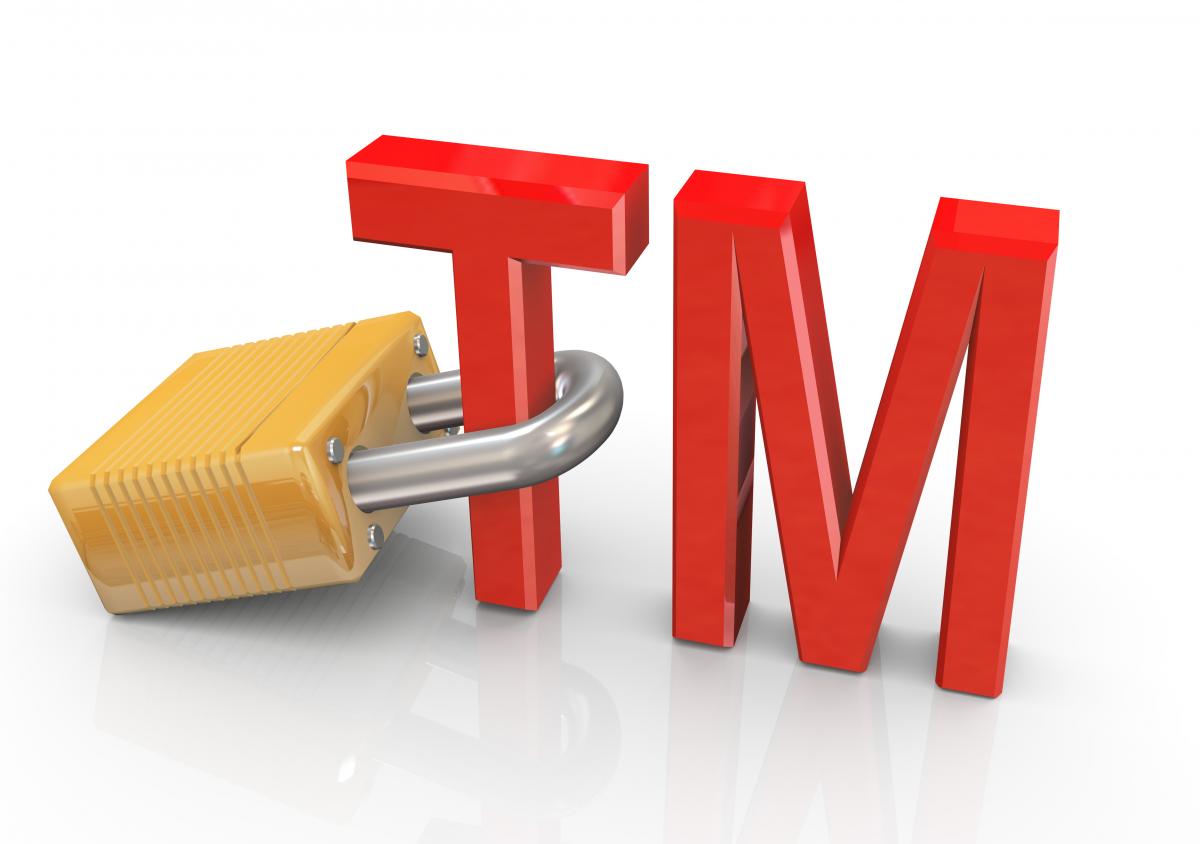This article is written by Aishwarya Parameshwaran who is pursuing a Diploma in Intellectual Property, Media & Entertainment Laws from Lawsikho.
Table of Contents
Introduction
When we enter a supermarket, we see several racks displayed beautifully in front of us. At one corner, we see a rack full of shampoos, another rack full of biscuits etc. Often, these racks are stocked with an array of branded products falling under the same category. Such a wide variety of options gets confusing but finally, we put those branded products in the cart which we find trustworthy.
To gain such trust from its customers, the companies spend years. A lot of time, efforts and money are invested by the companies to create such a brand value and to form a customer base. No company would want a third party to freely enjoy the brand value they have created after a considerable investment. Every such company would want to protect their brand and would be desirous of finding ways to monetize it. In this article let us discuss ways to monetize trademark.
What falls within the ambit of ‘trademarkable’?
Trademark is that type of intellectual property which plays a pivotal role in creating a distinct identity of a product or service and adds a unique value to it. In India, any symbol, word, phrase, sign, design, expression and even a combination of colours is trademarkable. However, it is extremely essential that such a trademark possesses a unique identity that differentiates the product or service from another.
So, in a comprehensive language, trademark is a component that differentiates the products or services which are owned, manufactured or designed by a person or company from the others in a commercial setting. To legally protect this unique identity in a commercial setting, it is always advisable to register such a Trademark.
What cannot be registered as a Trademark?
The statutory provision under Section 9 of the Trademark Act 1999, provides for absolute grounds for refusal of trademark registration. Here is the list of grounds under which a trademark shall not be registrable.
- No distinctive character of the goods or services
- A trademark indicating the kind, quality, quantity, intended purpose, values, geographical origin or the time of production of the goods or rendering of the services and other characteristics.
- Any marks or indications which are established practices of the trade.
- A mark which can cause confusion and deceive the public.
- A mark which can hurt religious sentiments of people living in the country
- A mark containing scandalous or obscene matter
- Words or marks which are prohibited under the Emblems and Names (Prevention of Improper Use) Act, 1950 (12 of 1950).
- If it consists exclusively of the shape of goods which results from the nature of the goods themselves; or the shape of goods which is necessary to obtain a technical result; or the shape which gives substantial value to the goods.
Importance of Registering your trademark
Anything can be exploited exhaustively if it is not legally protected. Trademark registration is that shield which keeps illegitimate users at bay and restricts other people from using the same.
Once the process of trademark registration is complete, the person registering becomes the owner of that particular trademark. To protect such an intangible property and to restrict misuse by third party, Trademark Registration is pivotal.
A trademark is vital in following ways:
- To give an identity to the product and services and differentiate it from others
- To recognize the brand and the owner of the products and services
- To give a distinguished identity to the company by adding a brand value
- For permitting business associations
- In case of infringement, Trademark registration provides the right to initiate an action against the third party.
- Trademark registration empowers an entity with certain rights such as right to utilize, distribute and assign a mark.
Ways to monetize your trademark
Since companies invest a considerable amount of time, money and effort to register their trademark, they would want to find ways to earn money from this registered trademark. Broadly, a trademark can be exploited either by licensing or an assignment.
In order to exploit the registered trademark, a company can either manufacture goods and provide services on its own, or it can permit another entity or entities to use its brand name for manufacturing goods or providing services. Additionally, if a company is no longer interested in using the registered trademark, it can even sell it to another party.
A Trademark can be monetized by
License: A trademark license can be of various types such as:
- Distributor Arrangements – In this type of agreement, products of one manufacturer are sold to other customers and sellers.
Example: Hindustan Unilever making distributor arrangements to gain maximum profits and to sell their products in higher quantities. - Franchising Arrangements – In such an agreement, the owner of the trademark, permits the use of such trademark by the franchisee. In this type of agreement, apart from trademark, the business procedures are also licensed, in order to maintain the service provided.
Example: McDonalds making franchising arrangements across the world.
- Merchandise Arrangements – In this type, the owner of trademark can permit another party to manufacture merchandises
Example: Marvel has given a merchandising license to Hamley’s for manufacturing toys which resemble the it’s superheroes.
Assignment: As per the Trademark Act, an assignment can be of two types:
- Assignment with goodwill of the business – In this type of association, the assignment not only transfers the ownership on the mark, but also transferred the right to use it with the respect of the products within which class or category, the mark was used originally. Once, the assignment agreement is made, the assignor will have no right to use the mark with respect to the products. Generally, assignment with goodwill occurs when the whole business is sold to another party.
Example: Reliance buying out Big Bazar from Future Group
- Assignment without goodwill of the business – When the owner assigns the mark without goodwill, the new owner cannot use the brand for the products for which the mark was being used by the original owner.
Example: If Nestle assigns ‘Maggie’ to Tata without goodwill, then Tata can use ‘Maggie’ for anything other than the description of goods in the ™ registration is.
Case:
In October, 2020, Sony had to delay its release of PS5 in India, following a trademark dispute. An Indian had already registered for the Trademark of PS5 almost a year before Sony applied for it. Now, until the matter is resolved, Sony will not be able to release PS5 in the country.
This trademark dispute has been a heated issue, since Sony PS5 is one of the biggest gaming consoles to be released this year.
Steps to follow while registering trademark
The process of Trademark Registration may seem a tedious process but it is definitely not rocket-science. An easy way to get your brand name registered is by having a Trademark Expert on duty. However, if you are low on budget and want to get your job done by yourself, one can easily register a trademark by following these steps.
Step 1: Conducting Trademark Search
Generally, people are not aware of trademark search and its importance. Running a Trademark search helps you to understand whether there are similar brand names in the same class of products or services. This trademark search gives an idea about the existing brands in the market and the status of their trademark application. If this step is followed initially and necessary alterations are made in the brand name, litigation can be avoided.
To run a trademark search:
https://ipindiaonline.gov.in/tmrpublicsearch/frmmain.aspx
Step 2: Filing Application For Trademark Registration
Once the trademark search is complete and your decision about the brand is final, your next step would be filing a trademark application. The application form is to be filed at the Trademark office, located in Delhi, Mumbai, Chennai and Calcutta.
An easier mode of filing trademark application is online. Fill in the necessary details and attach necessary documents.
https://ipindiaonline.gov.in/trademarkefiling/user/frmloginnew.aspx
Upon the filing of an application, you will receive an official receipt. You can keep tracking the status of your application here:
https://ipindiaonline.gov.in/eregister/eregister.aspx
Step 3: Examination Of The Trademark Application
An examination on the trademark application is conducted by the examiner. Upon such examination, the examiner may accept the trademark unconditionally, conditionally or may even object.
You can check the examination report here:
https://ipindiaonline.gov.in/eregister/eregister.aspx
Step 4: Publication Of Application in Trademark Journal
Once, the trademark is accepted by the examiner, the same is published in the Journal. This publication enables others to raise an objection to the registration of the trademark and if no objection is raised within a span of three months, registration of trademark is further proceeded. Suppose, an opposition raised, the Registrar is empowered to have a fair hearing and to make decisions on the same.
Step 5: Registration Certificate
Once, all the objects and oppositions are resolved, a registration certificate is issued by the Trademark office within three months.
Conclusion
Trademark Registration is not only a shield to legally protect your brand but if used appropriately, it can also serve as a medium to earn money. Trademark registration and it’s monetization is a developing concept of investment. Wherein, a little brain wracking and hustle in the initial stage can help you earn a handsome amount in the future.
References
https://blog.ipleaders.in/need-know-process-trademark-registration/
https://www.mondaq.com/india/trademark/517806/process-trademark-registration-in-india
Students of Lawsikho courses regularly produce writing assignments and work on practical exercises as a part of their coursework and develop themselves in real-life practical skill.
LawSikho has created a telegram group for exchanging legal knowledge, referrals and various opportunities. You can click on this link and join:













